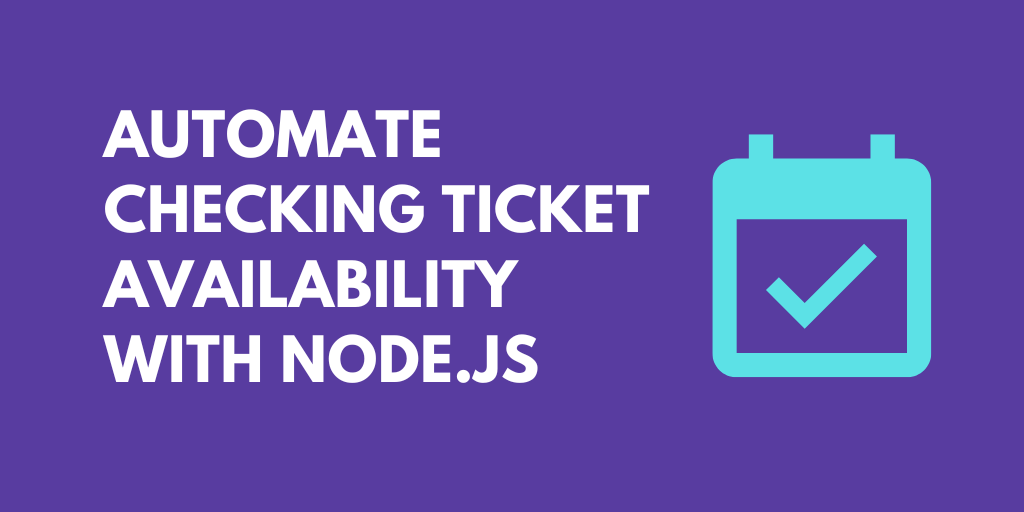What do you want to automate
with USPS and Node?
Prompt, edit and deploy AI agents that connect to USPS, Node and 3,000+ other apps in seconds.
Trusted by 1,000,000+ developers from startups to Fortune 500 companies
Popular USPS and Node Actions#
Write custom Node.js code and use any of the 400k+ npm packages available. Refer to the Pipedream Node docs to learn more.
Overview of USPS#
The USPS API provides various functionalities such as tracking shipments, calculating shipping prices, and scheduling pickups, making it a valuable tool for automating logistics and e-commerce operations. Integrating the USPS API with Pipedream allows you to create serverless workflows that can enhance how you manage shipping tasks, alert systems, or update order statuses in real-time, without needing to manage infrastructure.
Connect USPS#
import { axios } from "@pipedream/platform"
export default defineComponent({
props: {
usps: {
type: "app",
app: "usps",
}
},
async run({steps, $}) {
return await axios($, {
url: `https://secure.shippingapis.com/ShippingAPI.dll?API=Verify`,
params: {
XML: `<AddressValidateRequest USERID="${this.usps.$auth.username}"><Revision>1</Revision>
<Address ID="{your_address_id}">
<Address1>{your_address_1}</Address1>
<Address2>{your_address_2}</Address2>
<City/>
<State>{your_state}</State>
<Zip5>{your_zip5}</Zip5>
<Zip4/>
</Address>
</AddressValidateRequest>`,
},
})
},
})
Overview of Node#
Develop, run and deploy your Node.js code in Pipedream workflows, using it between no-code steps, with connected accounts, or integrate Data Stores and File Stores
This includes installing NPM packages, within your code without having to manage a package.json file or running npm install.
Below is an example of installing the axios package in a Pipedream Node.js code step. Pipedream imports the axios package, performs the API request, and shares the response with subsequent workflow steps:
Connect Node#
// To use previous step data, pass the `steps` object to the run() function
export default defineComponent({
async run({ steps, $ }) {
// Return data to use it in future steps
return steps.trigger.event
},
})Community Posts#
